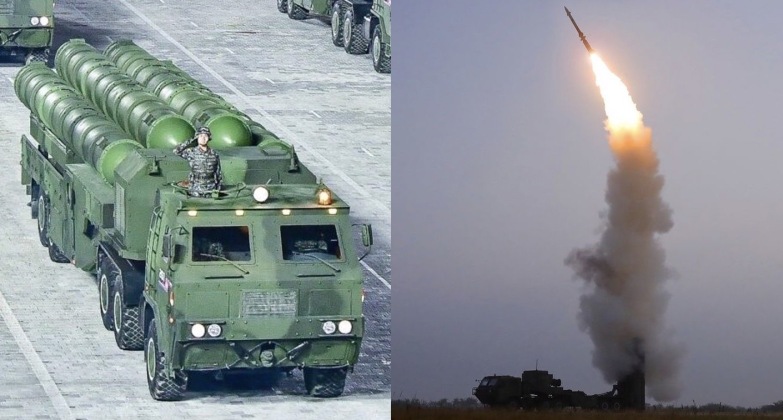News
American AC-130J Gunship Devastates South Korean Island in Show of Force Aimed at North: Could it Work in a Real War?
The U.S. Military has made the first ever deployment of a AC-130J gunship for exercises in South Korea, with the new aircraft class playing a major role in the ongoing Teak Knife exercises simulating a potential American-led war effort against North Korea. The gunship seen in footage of the exercises was drawn from the 1st Special Operations Wing’s 4th Special Operations Squadron, and demonstrated the wide range of munitions it is capable of deploying including AGM-176 Griffin and AGM-114 Hellfire guided missiles, 30mm autocannon and 105mm cannon. The gunship also employed GBU-39B/B bombs, which use both inertial navigation systems and laser guidance for high precision against moving targets. The AC-130 is one of the most heavily armed aircraft classes in the world, and first entered service 55 years ago in 1968. The latest variant joined the fleet in 2017, with 37 expected to enter service. The assets are highly prized for their ability to lay down tremendous firepower against infantry and lightly armoured vehicles at close ranges. A notable addition to the latest AC-130J variant was the integration of GAU-23/A guns which automatically adjust to shifts in position to support targeting, although this was reportedly not possible to implement at high rates of fire due to their very violent vibrations. The 105mm cannon is also a new addition to the latest variant.

Tensions between North Korea and the United States have continued to rise, with the two remaining technically at war 70 years after the signing of the Korean War armistice in 1953. Pyongyang recently protested to the United Nations regarding what it considers highly provocative U.S.-led military exercises on its borders simulating attacks on its forces – a position which gained vocal support from former U.S. president Donald Trump who similarly slammed drills in South Korea as provocations. In response to perceived threats the East Asian state has invested very heavily in improving its air defence capabilities, and while its network was already among the very densest in the world during the Cold War it has modernised it considerably with new assets. Longer range anti aircraft missile systems include the Pyongae-5, which entered service in 2017, and its unnamed successor speculated to be named Pyongae-6 which was first unveiled in 2020. The latter’s missiles benefit from twin rudder controls and double-impulse flight engines, and it is considered a cutting edge long range system with capabilities comparable to the more widely used Russian S-400 system. These assets are intended to deny U.S. and allied aircraft such as the AC-130 the ability to influence the battlefield from the air, and have taken considerable pressure off older Cold War era defence systems.

With the AC-130 being heavily optimised towards short range engagements for close air support its ability to operate in Korea could be limited even if American air defence suppression efforts against longer ranged assets are successful. North Korean ground forces very widely deploy infrared guided anti aircraft systems including handheld systems which have no radar signatures, which provides a capability optimised to neutralising close air support assets and which is very difficult to suppress. The Russian Air Force has notably faced similar struggles in Ukraine due to how widely handheld anti aircraft assets are deployed, preventing it from significantly influencing the balance of power on the ground, which is a precedent that is strongly on North Korea’s favour due to how it has made its investments for asymmetric air defence.












